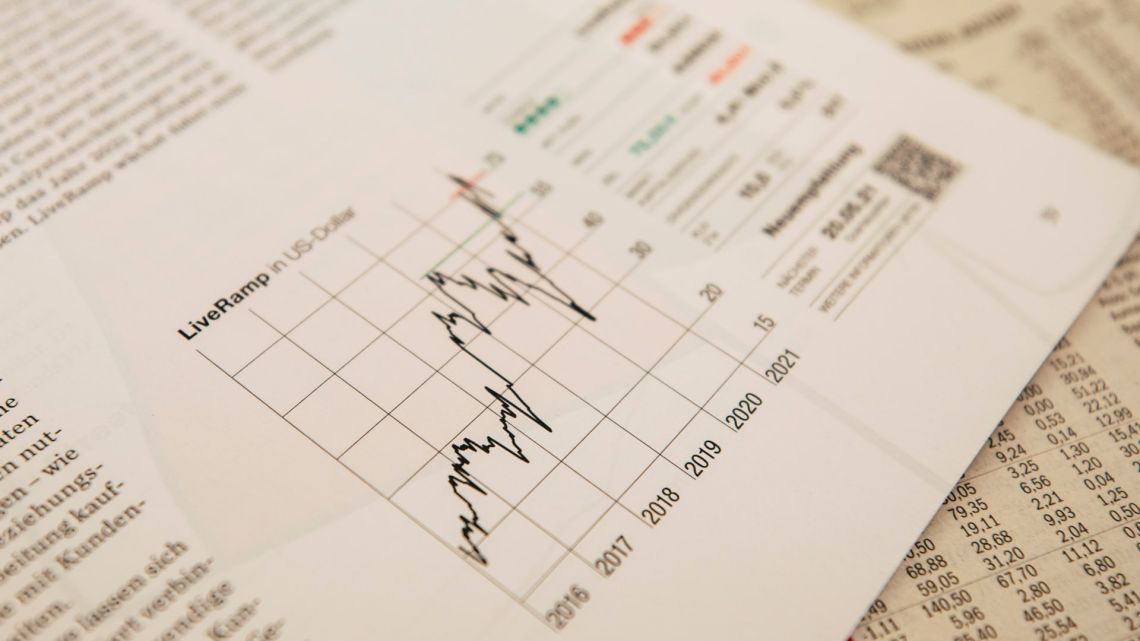
The United Auto Workers (UAW) has secured a record contract from the Detroit Three automakers and is now setting its sights on nonunion shops to grow its membership in the coming years. However, the nonunion operators are well aware of the UAW's intentions, which means that expanding its reach won't be a walk in the park.
Honda Announces Wage Increase Parallel to UAW Deals
Honda Motor (HMC) recently disclosed that it will grant an 11% wage increase for its hourly workers starting in January. This matches the wage hike received by UAW workers at Ford Motor (F), Stellantis (STLA), and General Motors (GM) through their recently negotiated deals.
The UAW's wage increases take effect once the contracts are ratified by its members, which will occur a few weeks before Honda workers enjoy their upward adjustment in wages.
Honda Makes Additional Improvements Alongside Wage Increase
Apart from the wage increase, Honda is also reducing the time it takes for its employees to reach top wage rates. This particular gain mirrors the UAW's success with the Detroit Three.
"Honda has been committed to providing an outstanding employment experience for our production associates ever since we began manufacturing in America in 1979," stated the company via email. "In the past two years, we have implemented several changes to our benefits packages, and we will continue making adjustments to compensation for production associates at our U.S. facilities."
The Challenges Facing UAW in Expanding its Membership Base
UAW President Shawn Fain faces a daunting task as he seeks to expand the union's membership base. With the recent historic contract victory, Fain expressed his ambition to push for unprecedented levels of organization. However, this feat could prove more challenging than anticipated.
A Quest for Unprecedented Organization
Fain spoke passionately about the union's goals during an event following the tentative agreement with Ford in late October. He stated, "One of our biggest goals coming out of this historic contract victory is to organize like we've never organized before." Fain envisions a future where the bargaining table will not only involve the Big Three, but also the Big Five or even Big Six.
A Complex Landscape for Auto Companies, the Union, and Workers
The situation at hand brings forth intriguing dynamics between auto companies, the union, and workers. Nonunion auto workers reap the benefits of the UAW negotiating on behalf of all employees. Auto manufacturers can set wages and benefits slightly below what UAW employees receive. This strategy helps keep workers content, consequently minimizing their inclination towards union representation.
The Advantage of Nonunion Auto Makers
This arrangement grants nonunion auto makers a slight competitive edge. Their employees enjoy pay that closely mirrors that of union workers without being obligated to pay dues or participate in strikes. It's akin to the concept of a "free-rider" problem frequently discussed by economists. One group bears more than their fair share of expenses for something that ultimately benefits a wider community. An analogy cited by the Corporate Finance Institute compares this dilemma to a lighthouse that aids all sailors, regardless of whether they contribute to its upkeep.
An Ongoing Concern for the Detroit Three and Investors
For the Detroit Three and their investors, this issue persists as a lingering challenge. Finding a delicate balance between satisfying workers and maintaining a competitive advantage remains a pressing matter for these auto companies.
Honda's ADRs Surge by Almost 2%
Honda's U.S.-listed American depositary receipts (ADRs) experienced a significant boost of nearly 2% during Friday afternoon trading. This positive surge occurred in tandem with a notable 1.1% gain in the S&P 500 and an 0.8% increase in the Dow Jones Industrial Average.













Write Your Comment